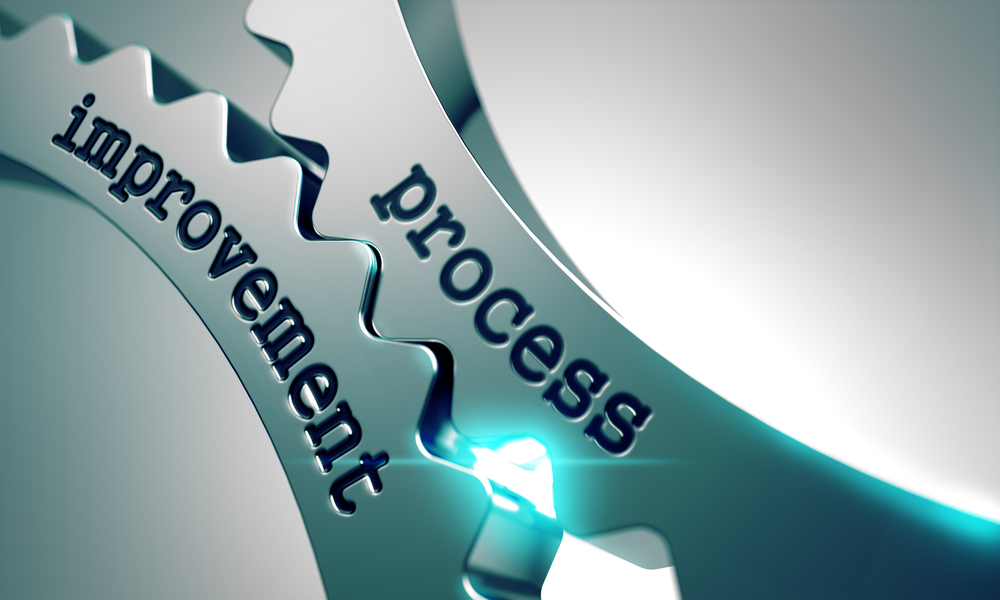
Constant changes in healthcare regulations, payer policies, and patient expectations present a real challenge to healthcare providers who want optimal revenue cycle performance. Generating revenue in this ever-changing environment requires great focus in three key areas: clinical documentation improvement, charge master description accuracy, and charge capture auditing and improvement. These three areas are very important because they have a large impact on a provider's primary sources of revenue: claims and patient payments.
Increasing the approval of claims and patient payments is a big goal with no one-size-fits-all solution. Fortunately, there are many different strategies available that all add up to significant improvement. Here are five strategies that every provider should consider:
1. Clean Up and Update Coding
Medical coding and Diagnosis Related Group (DRG) assignments change from time to time without healthcare providers making the necessary adjustments to their documentation. This can cause physicians and nurses to use codes from ICD or HCPCS that insurance companies and CMS no longer accept. That's why providers should periodically perform a thorough review of their clinical documentation to ensure all codes are accurate. In addition, many pieces of information that may have not had a code in the past could have one in the present or future.
2. Keep Current Pricing Benchmarks
Despite healthcare pricing data being widely available, many providers have outdated pricing that can be as much as a year to a year and a half old. In order to keep healthcare prices up to date, providers should compare their rates with data available from CMS, hospitals, relative value unit medical data, and fee schedules. Coordinating and comparing all this data can seem complicated, but there are claims management companies that can help providers stay up to date.
3. Reduce Manual Processes and Workflows
Any time a human takes part in the charge capture process, mistakes are inevitable and claims are denied. This is no one's fault and just part of predictable human behavior. The best way to deal with this problem is to automate as many processes as possible. While it's impossible at this point to automate every single aspect of claims management, denials can be reduced significantly through software that handles specific tasks. In addition, software that helps with charge capture at the point of care can help reduce errors by providing immediate access to a library of accurate codes and patient databases.
4. Regularly Observe and Account for Mistakes
A denied claim is an inevitable occurrence for any healthcare provider, but getting denied twice for the same exact issue is completely avoidable. By taking a detailed account of every wrong code, uncovered treatment, and out-of-date price, providers can ensure they're not repeating errors that hamper the performance of their revenue cycle. One advantage of outsourcing claims is that third-party companies have extensive experience with mistakes made by many different providers, so they can often spot problems before they cause a denial.
5. Educate and Train Employees Regularly
Charge capture processes are complex and take time to master. Doctors, nurses, and other caregivers should be educated about the insurance policies and government regulations that affect their practice areas. In particularly complex areas, like radiology and cardiology, it's crucial to stay up to date because reimbursements for high-cost services and treatments can change. A hospital that continues to perform a particular surgery that CMS no longer covers could really damage the revenue cycle. The more training and education staff members get, the less likely denials are to occur.
